Issue 6 – Summer 2021
- News
- Looking for some ingenuity?
- Macfarlanes goes generic with lawtech
- No curve ball from Greenberg Traurig
- Neuron: Transmitting help to legal start-ups
- Features
- What's in a name
- 60 seconds with Andrew Rogerson
- Differentiation v Distinction
- Tech lawyers of the future
- About
- Read our new report
- How can we help
- View our credentials
- Contact us

News and Views on branding tech and innovation by law firms

News
New brands and refreshed ones.
Looking for some ingenuity?
Foot Anstey is hoping its clients are. The UK 100 law firm recently launched ‘Ingenuity’, the name for its approach to innovation and its platform for real estate clients. Using the same Foot Anstey brand identity, the firm uses the meaning of Ingenuity to help bring to life its proposition of adopting a design-thinking led process to solving client problems. As the firm claims ‘Helping to solve your challenges through innovative digital solutions.’
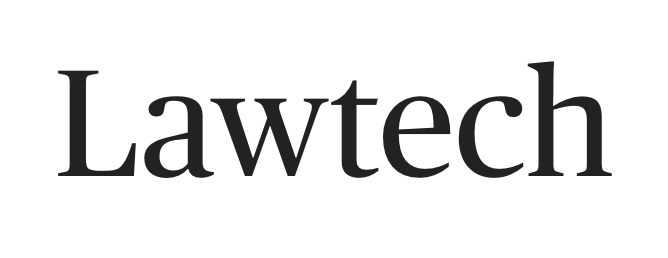
Macfarlanes goes generic with lawtech
Macfarlanes has finally revealed its tech credentials by launching ‘lawtech’. Listed as a service on its website, the firm promises ‘technological solutions for legal problems.’ Sitting under Macfarlanes’ masterbrand and adopting the firm’s brand identity, lawtech is an unbranded service, identical to other practice groups. The choice of name is interesting, however. The use of a generic description enables the firm to trade off the associations and usage of the phrase lawtech. But while lawtech may be good for Google rankings, it may be harder to develop anything meaningful and distinct around the firm’s approach and promise!
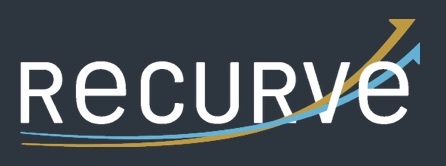
No curve ball from Greenberg Traurig
‘Building the future of legal services’, so it claims on its website, Recurve is wholly owned by US firm, Greenberg Traurig. The firm goes on to say, ‘Recurve will be the first-of-its-kind global shared service platform.’
The approach might be new and novel, undoubtedly the ‘Recurve’ name is non-legal and leverages the inherent meaning of ‘shaping the future’, but we are left disappointed by how Recurve defaults to the tone of corporate law firm. The promise of something new, as suggested by the name, is not borne out by anything different in its corporate identity and website. It is disappointingly fairly vanilla. Free of any brand association with Greenberg Traurig, Recurve has not strayed too far from the positioning of a corporate entity. Shame. Recurve has the potential to look more like a disrupter. Instead, it looks lawyer-like, despite its claim not to be involved in the practice of law.

Neuron: Transmitting help to legal start-ups
From the firm that brought us SixtyFive, US law firm Wilson Sonsini now gives us the curiously name, Neuron. Not shy of bucking the trend, the firm says on its website that Neuron is ‘the latest step in the firm’s mission to disrupt the legal industry.’ How true this is; and how disruptive it really is, the firm certainly picked a name to give the impression. The firm boasts that Neuron is ‘the digital home for a start-up legal-needs.’ Leveraging the meaning of neurons (carrying information), the new group provides a single source for start-ups to manage their legal information and documentation – from formation to exit. Bold name to support a bold positioning!
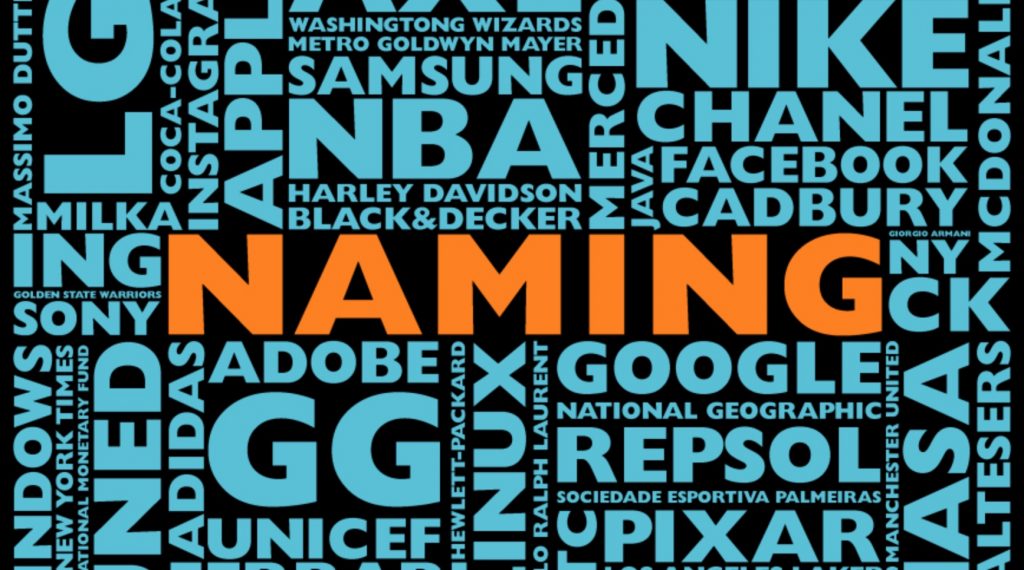
Features
What’s in a name
Ingenuity, Recurve and Neuron are the latest batch of non-lawyer like names to emerge. More are likely to follow. Lawyers trying not to look like lawyers. This is what tech does to firms.
Naming is a key component of brand positioning. Names help create a frame of reference, setting the stage for how firms are differentiated and how they should be perceived.
Perceptions are key. Most of the top 50 UK firms still use their masterbrand in some shape or form, keen to fully leverage the associations of the mothership. Separating the doing from delivery is a growing trend, however. Foot Anstey’s Ingenuity joined the growing sub-branding club, and did so by making full use of their suffix. Ingenuity now joins the band of firms using suffixes containing positive associations. The approach provides the scope to create communications capable of building on these assocations. A godsend when it comes to brand building. NRF Transform (Norton Rose Fulbright) and Reinvent by Baker McKenzie fall into this category, too.
Offering reassurances
Clearly firms are adopting different approaches to naming. It largely depends on strategy and culture. We decided to take a closer look.
Our diagram charts the perceived positioning of names from several well know UK and US legal tech brands (corporate rather than product names). Hardly surprising the ‘conventional/descriptive’ quadrant is mainly occupied by big, global firms. Global Solutions (Reed Smith), Advanced Delivery (Allen & Overy), Law& (DLA), for example. The approach offers reassurance to greater number of partners and clients alike.
In contrast the ‘disruptive / abstract’ group who have abandoned the traditional rules, are either signifying a disruptive approach, or simply using the name to give a more distinctive and less expected positioning. Going back to the ‘descriptive /abstract’ group, we wonder if by using a more abstract name, it allows the brand to be more readily carved-off in the future?
Follow the rules
Firms living in the legal tech ecosystem cannot fail to be influenced by the exotic array of corporate (and product) names circulating where the rules for naming have long being abandoned. But a few still exist. Be memorable, try and make sure the name is filled with meaning (what are the associations you want to trade off and/or build?), make sure it’s pronounceable, it can stand out – oh, and don’t forget, make sure you can trademark it and find the right URL. Simple!
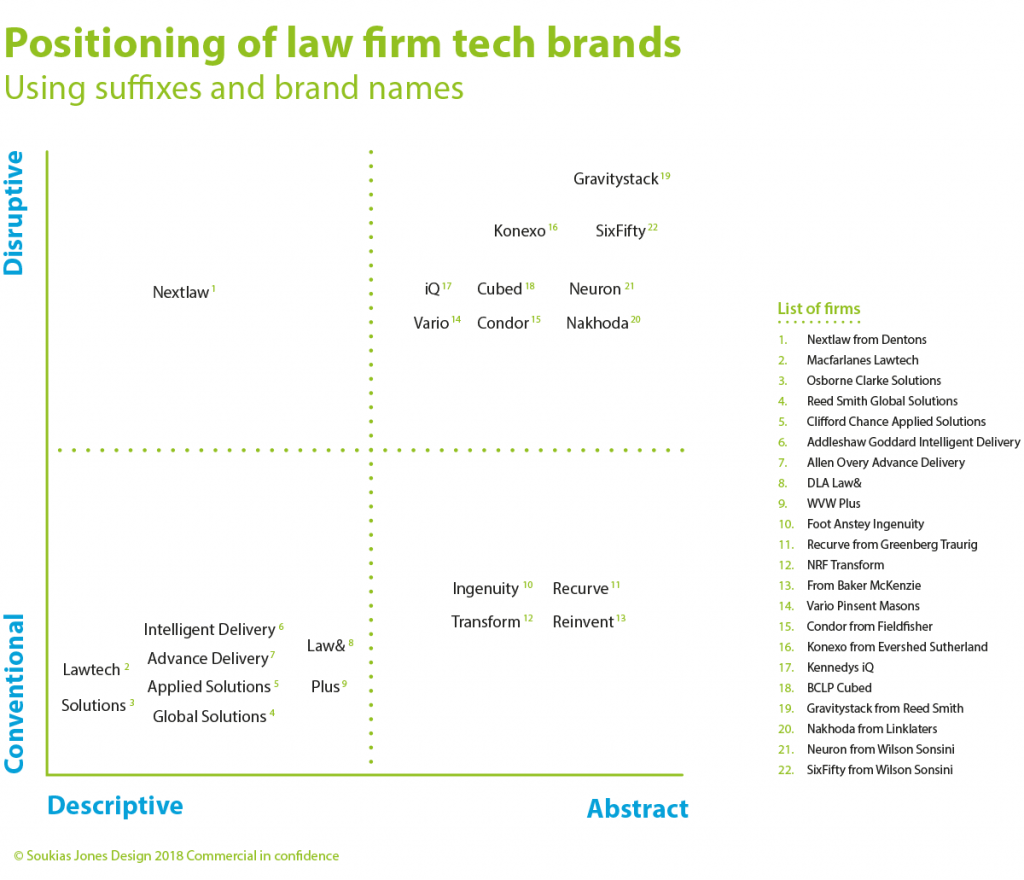

60 seconds with Andrew Rogerson at Grist
Few firms currently use research based thought leadership to position their tech and innovation credentials, we asked Andy to throw some light on the subject and offers a few tips.
1). BrandTech: What type of agency is Grist?
Andy: Grist is a thought leadership agency working with leading professional services, financial services and tech brands such as PA Consulting, PwC, Virgin Money, Cisco and Google.
2). BrandTech: What is research driven thought leadership?
Andy: Good thought leadership adds something new to the conversation – we believe the best way to do this is through original research. It generates data to sustain multiple content outputs, adds credibility to client’s content and gives firms something new to say to their audiences.
Every thought leadership campaign should be anchored around a core asset. This has traditionally been the headline report, or white paper that analyses the findings.
However, best practice is changing, and the report is no longer the only type of flagship asset firms are using. Those looking for lead, create benchmark tools; those with a wider spread of content assets create campaign hubs to house interactive and written content; and those with a BD focus build key findings presentations to take directly to clients.
3). BrandTech: Getting partners to have the right conversations (with clients) about tech is a key challenge. How do you choose what topic will give partners the right hook?
Andy: We have an in-depth research planning meeting at the start of all assignments. The purpose of the session is to refine and develop the idea. We start at the end – what’s the business opportunity? What BD conversations would the partners like to be having with clients to pursue this opportunity? What headlines would they like to see?
The process helps identify key topics that either form part of an going campaign, or can be added to toolkit of materials for partners to use when engaging clients.
4). BrandTech: For firms planning to undertake though leadership campaigns for the first time, what are your top tips for success?
Andy: Review your current thought leadership portfolio. Remember, thought leadership that does not address today’s problems, may have a more detrimental effect on your brand, than no thought leadership at all.
Focus thought leadership on the areas where you can make a difference, not just in the immediate future. Focus on your clients more than you ever have and provide genuine value to them.
Things will change, so plan for an ongoing dialogue. The problems you are helping clients to solve are continuous. Use you content programme to work in tandem with your clients to solve them.
Focus on formats and channels that genuinely work: don’t be afraid to continually test and refine. And, don’t be afraid to be creative and innovative. There is so much content out there, getting cut through and the desired results, often requires a bold and brave approach.
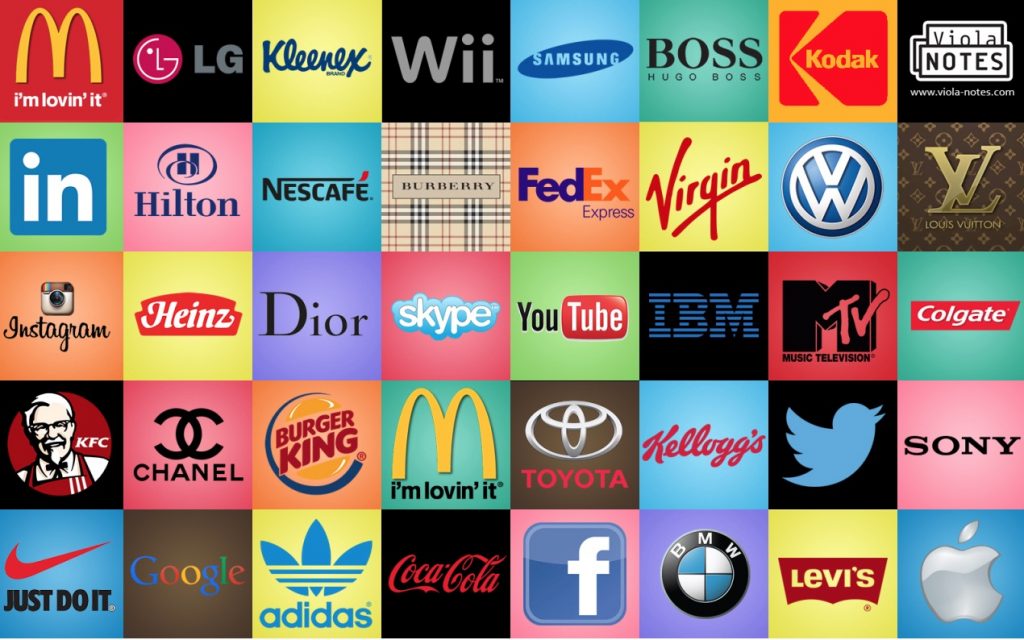
Differentiation v Distinction
When positioning tech and innovation, differentiation and distinctiveness should form part of the brand playbook. But what are they, and how should they be used?
First, what are they. A brand achieves ‘distinctiveness’ when it has a unique and unmistakable identity, which could be based on a number of things: brand name, logo, packaging, colours, advertising style, etc. Distinctiveness helps a brand be recognised. The brand recognition can trigger positive motivating habits, feelings, and beliefs. But distinctiveness on its own is not enough.
Differentiation, on the other hand, is grounded in how a brand is experienced. ‘Experience’ includes both tangible and intangible brand assets, as well as the context in which a brand is encountered. Clearly innovation provides the scope to differentiation. US firm Rimon Law for example, is a virtual firm. It has innovated around the use of technology, providing a source of meaningful differentiation which is succinctly captured in its advertising: ‘The World is Our Office.’ Another example is Allen & Overy. Through provenance and a track record of innovation, the firm has built (perceived) meaningful, relevant and valuable point of difference among global firms. This is the gold standard of differentiation.
However, it could be argued that most legal innovation currently is ‘me-too’. It is necessary just to keep pace with what others are doing. It is also more about efficiency than transformation. Transformative change – fundamentally doing things differently not just better – will be the source of more meaningful differentiation.
That said, effective marketing is about taking what you have, digging deep to find a differentiated feature and making it a positive advantage. Sadly, most firms don’t work at this, and instead default to generic stuff about ‘developing technological solutions to tackle clients’ complex issues, blah, blah..’ Only when firms develop a differentiated proposition, and combine it with distinctiveness, can they create a brand with the potential to deliver sales and market share growth.

Tech lawyers of the future
Two years ago, only a handful of firms attempted to attract discerning graduates with the promise of technology and innovation. Now leading firms like Allen & Overy (Advanced Delivery Graduate Programme), Norton Rose Fulbright (Business and Legal Operations Graduate Scheme) and Clifford Chance with IGNITE, have gone further and developed bespoke programmes.
Linklaters has gone even further and is using trainees to spark innovation. The firm selected a group of 25 trainees to join existing innovation teams spread across the firm. As the firm commented ‘most trainees are digital natives’, meaning they will ‘bring a unique perspective to help us identify and implement more efficient ways of working.’ Burges Salmon, too, harnessed the talents of its trainees by inviting them to use AUTTO, the non-code automation platform to create client efficiency tools.
Attracting, engaging and enabling digitally savvy students and trainees to push the technology and innovation envelope is an obvious strategy for the tech and innovation communities within firms. For firms failing to fully utilise this untapped reservoir of ideas, however, it is time to get on board! Generation Zs, are great ambassadors for your tech.
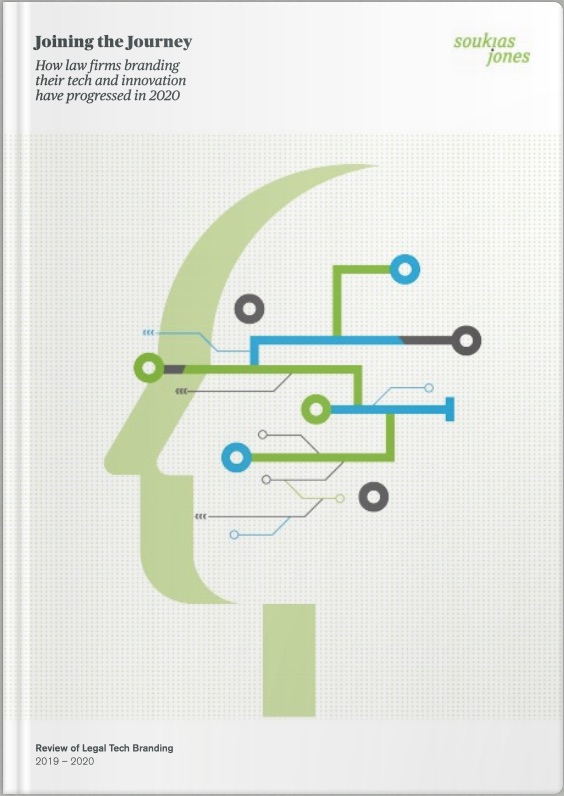
About
Read our new report
How law firms branding tech and innovation have progressed in 2020
Back in June 2019, we published our review ‘How law firms brand innovation and lawtech’. As 2020 closed, we decided to take another look at where firms are on their branding journey. We found:
- 60% of firms (Top 30 UK law firms) now use sub-branding to package their New Law solutions;
- 33% of firms include on their websites little or no reference to innovation and lawtech; and
- 66% of firms in the Top 30 to 60 have little or no reference to these on their websites.
For a free copy of our review ‘Joining the Journey: How law firms branding tech and innovation have progressed in 2020.’ Click here
How can we help
Click here to find out what we do and how we can help you brand tech and innovation.
Book a Strategy Call
Perhaps your existing strategy is underperforming and failing to deliver results. Do you need help branding your tech?
Set up a no-obligation call with our branding expert, Grahame Jones.


